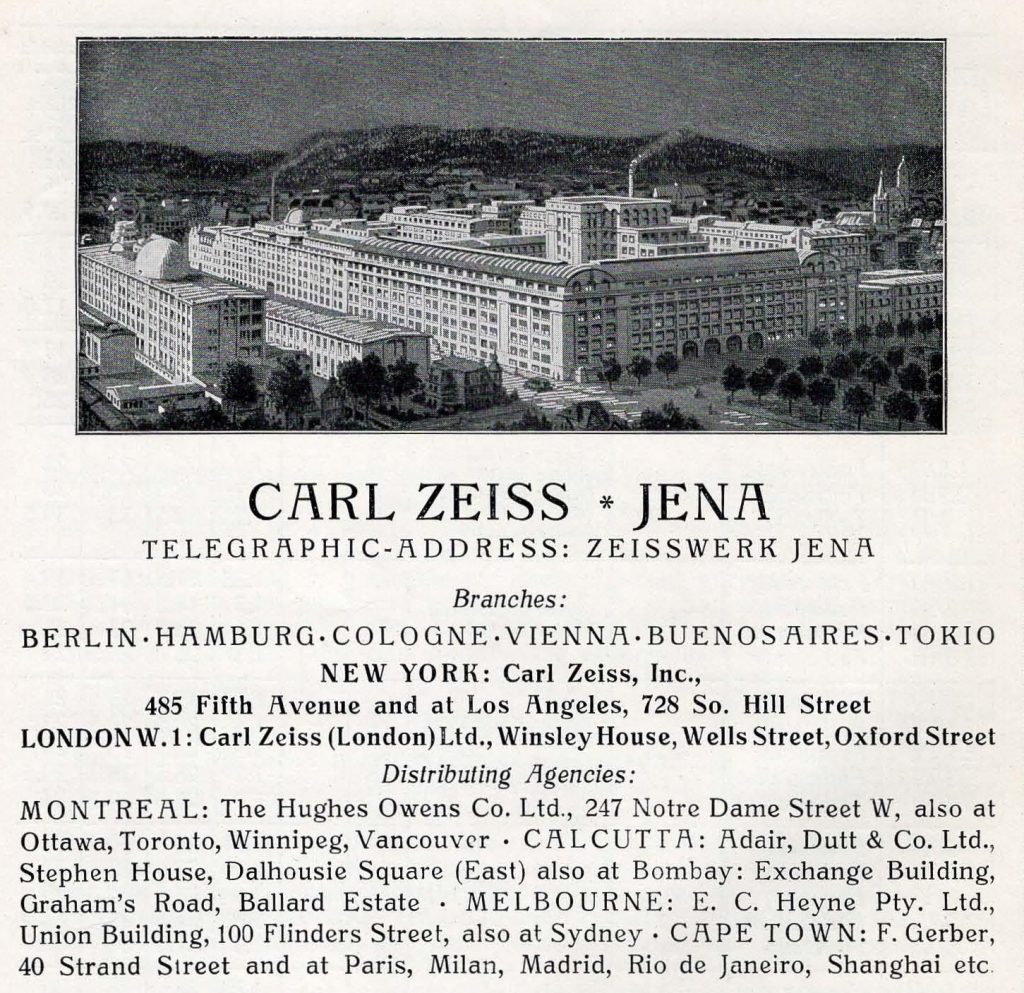 It’s no secret that in the early 20th century, Zeiss was a name associated with some of the world’s best lenses. With the work done by Paul Rudolph and many other opticians, lenses like the Planar and Tessar in 1896 and 1902 respectively, became two of the most successful and most copied lens formulas ever made.
It’s no secret that in the early 20th century, Zeiss was a name associated with some of the world’s best lenses. With the work done by Paul Rudolph and many other opticians, lenses like the Planar and Tessar in 1896 and 1902 respectively, became two of the most successful and most copied lens formulas ever made.
Germany’s dominance in the field of optical lens design continued well into the days of World War II, and it was this dominance that gave German aircraft and battleships an edge over Allied forces as they could equip cameras and other scopes with faster lenses that could see better in low light and wide and telephoto lenses that could capture greater areas or farther away shots for photo reconnaissance.

In the final days of the war, when it was clear Germany was near defeat, resources such as Carl Zeiss of Jena were targeted by US troops as it was suspected that a treasure trove of experimental lenses and other optical equipment may be there for US troops to confiscate. Under the leadership of Lt. Colonel Harry B. Cuthbertson of the US Signal Corps, a collection of more than 2000 lenses was discovered and shipped to the Signal Corps Photographic Center at Astoria, Long Island and then again to Fort Monmouth in New Jersey where the collection could be cataloged and analyzed.
At Fort Monmouth, Dr. Edward F. Kaprelian, chief of the photographic branch, Signal Corps Engineering Laboratories studied the lenses, attempting to understand and recreate the optical designs in many of the prototype Zeiss lenses. Together with the resources of the US Air Force, the formulas of these lenses were duplicated and later incorporated into our own understanding of lens design allowing US lens makers and those of our allies to benefit from the work done in Jena.

In April 1947, Popular Photography was the first major US publication to give a two page sneak peek (seen below) at a small part of the collection, containing oddities such as a Biotar X-Ray lens with a focal length of 4.5cm and a maximum aperture of f/0.85, a wide angle large format 7.5cm f/2.8 lens useful for low light aerial photography, and several experimental wide angle lenses.
It was one of those wide angle lenses that in September 1949, Modern Photography published an article about a “Bug Eyed Zeiss” lens with a claimed 210 degrees of coverage (this was later revealed to be “only” 180 degrees). This lens, code named V1936 Nr. 18 (the V stands for “Versuch” or “Experimental”), is the famed Sphaerogon 1.9cm f/6.8 fish-eye lens. The name Sphaerogon was used on a variety of extreme wide angle lenses created by Zeiss during and after the war, but V1936 Nr. 18 was the widest and the fastest.
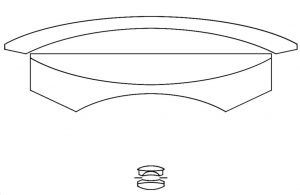
This lens uses 8 elements in 4 groups and was the most complex of all Spaerogon prototypes. Up front is an extremely large air spaced element with another doublet behind it. On the back of the lens is a complex arrangement of 5 elements in 2 groups, which allow the lens to achieve it’s faster f/6.8 maximum aperture.
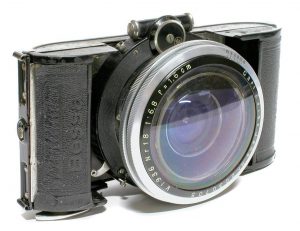
A one off lens, the Zeiss Sphaerogon was permanently mounted to a dial set Compur leaf shutter and installed into a Voigtländer Bessa 6×6 camera. Why this camera was chosen is anyone’s guess, but I have to assume that any 6×6 folding camera would have worked as anything smaller would have not been able to show the full coverage of the lens.
The actual purpose for a lens like this was thought to be for aerial mapping. Being able to photograph both the sky or ground pointed straight up or down while still being able to see the entire horizon could be beneficial in certain circumstances.
In the 1949 article, the lens and Bessa that it was mounted in was on loan to Time-Life Magazine who was able to shoot some film through it’s lens, capturing many interesting shots that otherwise couldn’t have been created with any other lens that existed at the time.
The article starts off showing several sample images taken with the lens and then goes into a discussion that talks about the weaknesses of existing wide angle lenses, including light fall off near the edges.
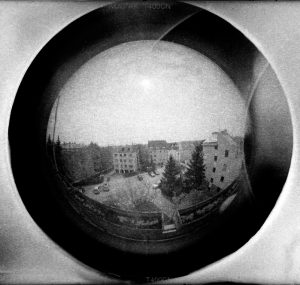
As far as I can tell, by the 1950s, the 2000 or so lenses from the Zeiss collection would remain the property of the US Signal Corps. Carl Zeiss would develop and sell other lenses in the Sphaerogon family, but none exactly the same as this Nr. 18 1.6cm f/6.8. Eventually, Zeiss and other companies like Nippon Kogaku would create even wider and faster lenses, such as the Fisheye-Nikkor 6mm f/2.8 lens that can see behind itself.
At some point in 2004, an Austrian collector by the name of Dr. Milos Paul Mladek, would come into possession of several of these prototype lenses, including the 1.6cm Zeiss Sphaerogon and would be able to take higher resolution pictures of the camera and lens, sharing his findings with Italian collector, Marco Cavina on his website.
Where this and the other 2000 or so prototype lenses are today is a mystery. Maybe one day they’ll show up in a museum for the world to see, but until then, check out the article below for the full review from 1949 of the V1936 Nr. 18 prototype.
All scans used with permission by Marc Bergman, 2020.

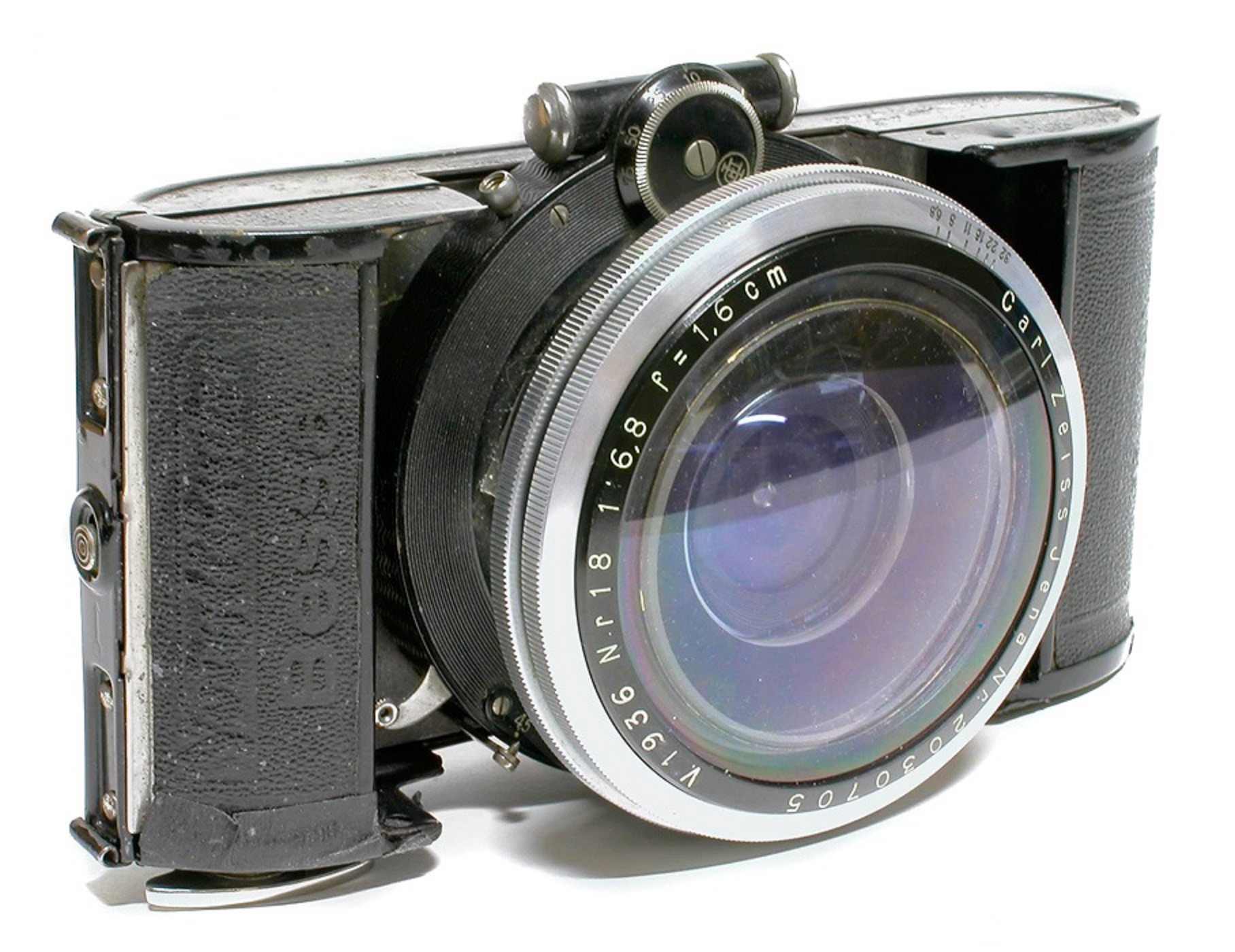

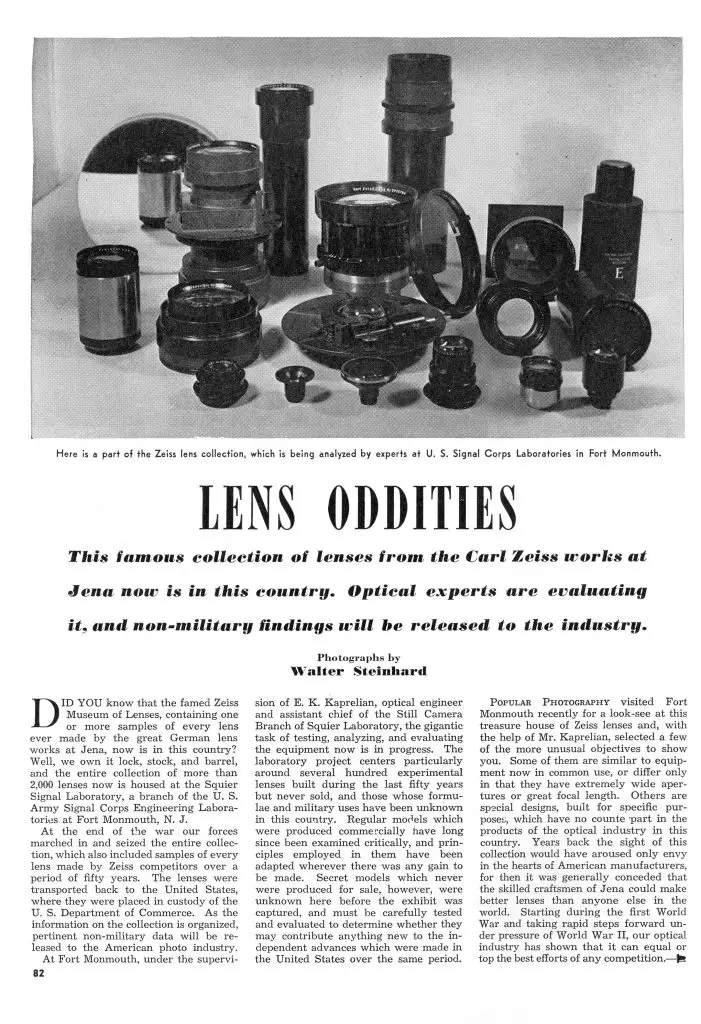
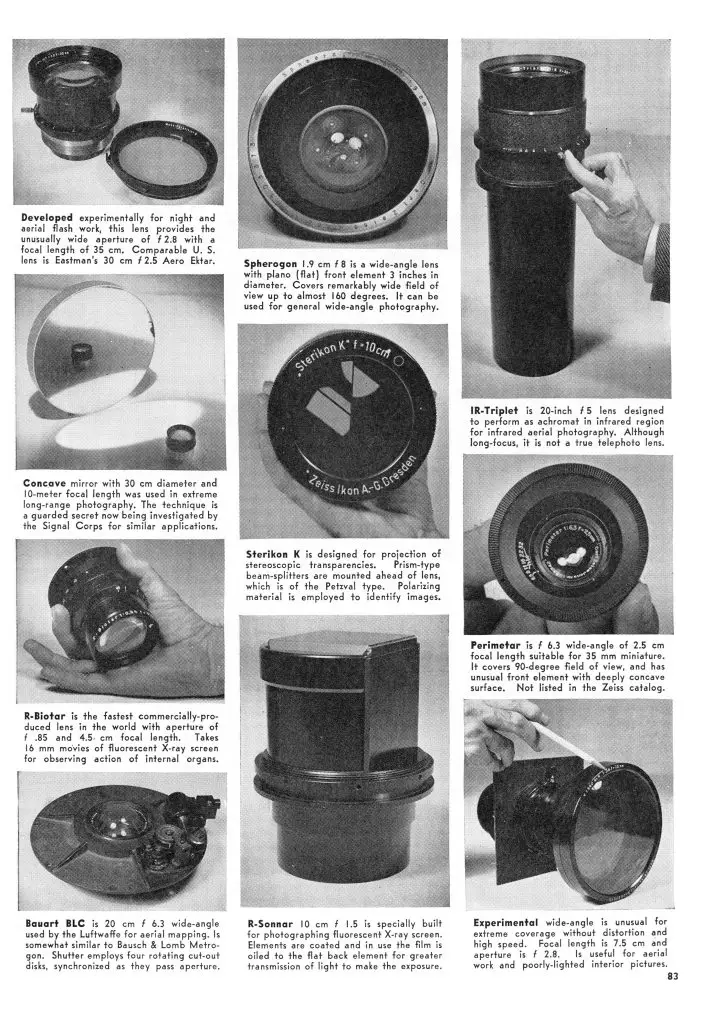
Fascinating article, Mike! Maybe your budget (or that of one of your readers) would permit the purchase and testing of a Zeiss Hologon G 16mm f8 lens (available in Leica M and Contax G mounts at a modest $11,000 +/-. And then there’s also the Zeiss Hologon Ultra Wide 35mm camera from the late 1960s, with a 15mm f8 version of the same lens permanently mounted, available (if you can find one) for a mere $3,000.
Very interesting, Mike. I was pleasantly surprised to see the author as being Andreas Feininger. His book, “The Complete Photographer” has been my go to reference book for decades.